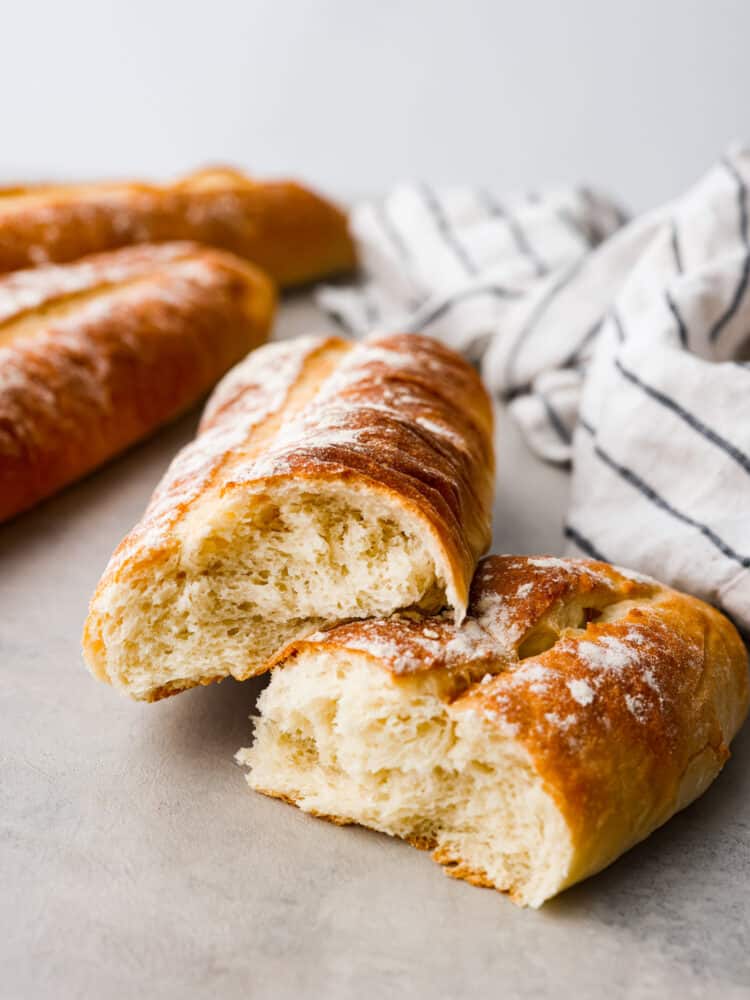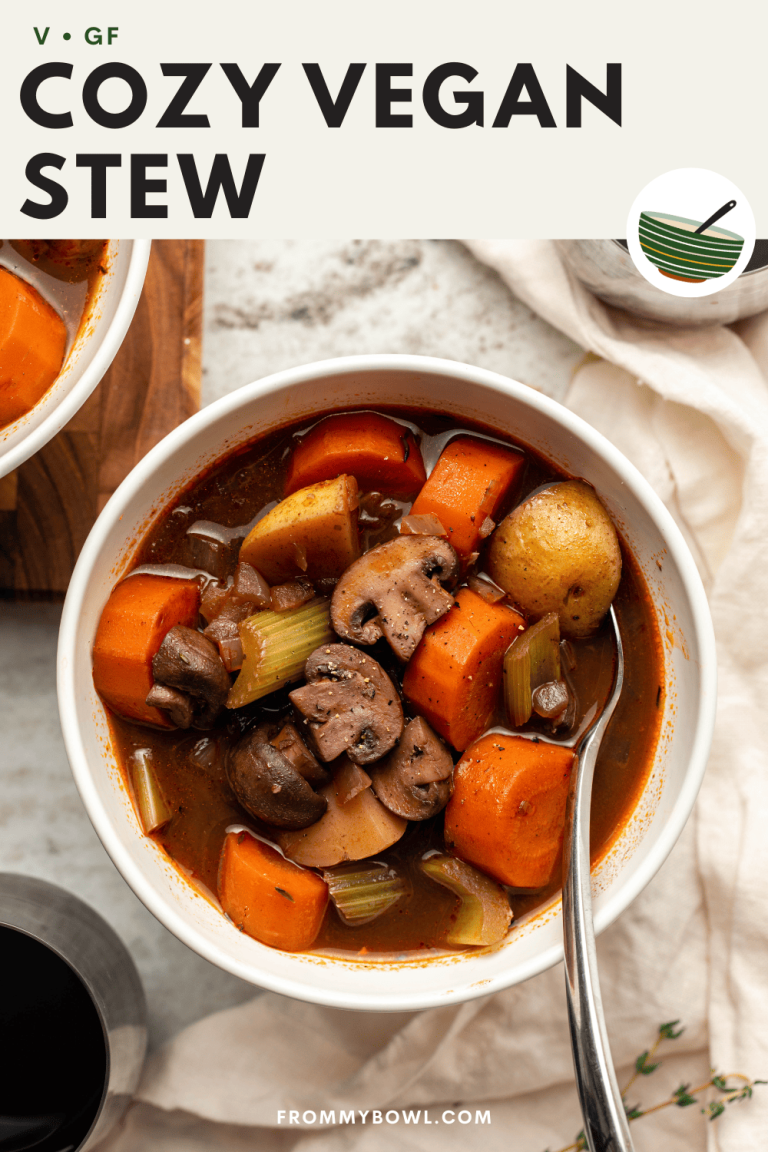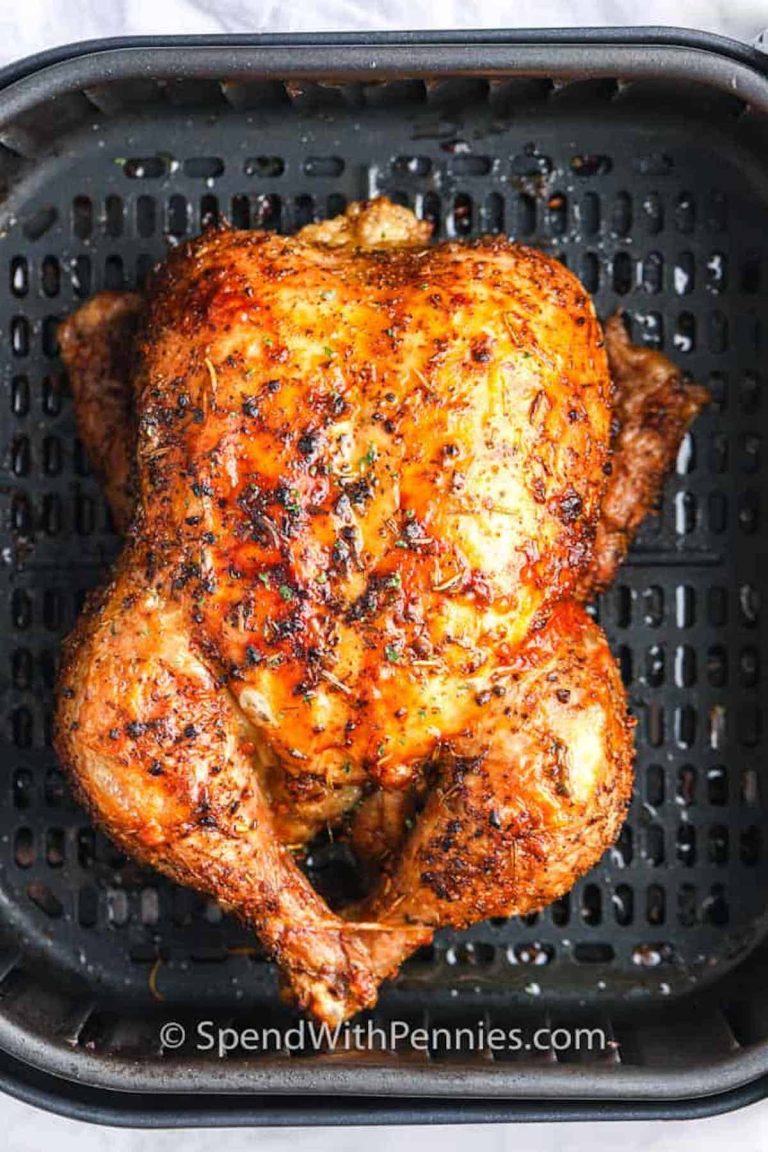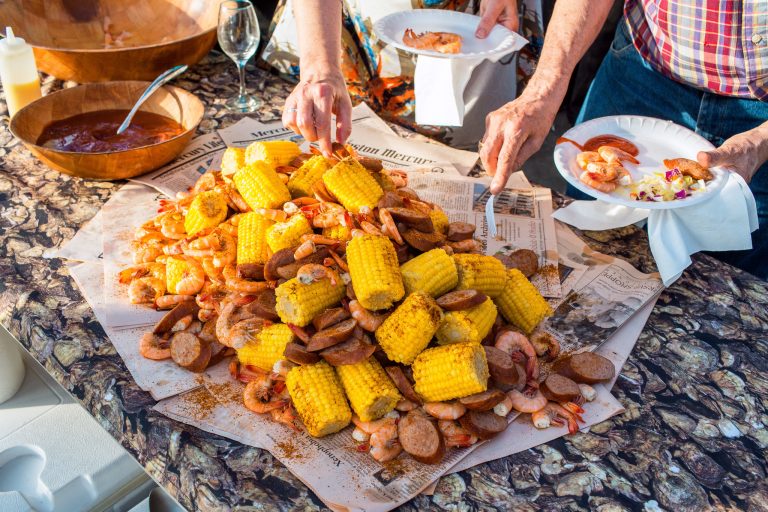Fried Soft Shell Crab: Recipe, Nutritional Benefits, and Serving Tips
Soft shell crab stands out due to its tender, edible shell and succulent meat. Unlike hard-shell crabs, soft shell crab gets harvested just after molting when their new exoskeleton is still soft. This unique feature lets you eat the entire crab without the fuss of cracking shells. Moreover, its slightly sweet flavor pairs perfectly with various seasonings, making it versatile in culinary use. Frying enhances its natural sweetness while adding a crispy texture that contrasts beautifully with its moist interior.
The Global Popularity of Fried Soft Shell Crab
Fried soft shell crab enjoys international acclaim. In the United States, it’s a popular dish in coastal regions. In Japan, you can find it served as tempura, a valuable addition to sushi menus. Italy incorporates it into Venetian cuisine as “moeche,” showcasing local preparation methods. Consistent appreciation for this dish, from Asia to Europe, highlights its broad culinary appeal. Chefs worldwide create innovative recipes that highlight its unique features, ensuring its place on global menus.
Culinary Techniques for Perfect Fried Soft Shell Crab
Choosing The Right Ingredients
Select fresh soft shell crabs for optimal flavor and texture. Look for crabs with a soft, pliable shell and a faint ocean aroma. Avoid crabs with fishy odors or hard spots. Soft shell crabs are usually available during late spring to early summer when crabs molt. If fresh crabs aren’t available, high-quality frozen options work well. Ensure the crabs are thoroughly thawed before cooking.
- Prepare The Crabs: Clean the soft shell crabs by removing the gills and the apron (the small flap on the underside). Rinse them under cold water and pat dry with paper towels.
- Seasoning: Season the crabs with salt, pepper, and other preferred spices. Common choices include Old Bay seasoning, garlic powder, and paprika.
- Coating: Dredge the seasoned crabs in flour or a mixture of flour and cornmeal for extra crunch. Ensure each crab is evenly coated.
- Heating The Oil: Heat cooking oil to 350°F (175°C) in a deep pan or fryer. Vegetable oil, peanut oil, or canola oil are ideal as they withstand high temperatures.
- Frying: Carefully place the crabs in the hot oil, frying them for 2-3 minutes per side until golden brown and crispy. Avoid overcrowding the pan to ensure even cooking.
- Draining: Use a slotted spoon to remove the crabs and place them on a wire rack or paper towels to drain excess oil.
- Serving: Serve immediately for the best texture. Pair the fried soft shell crabs with lemon wedges, aioli, or a tangy dipping sauce to enhance the flavors.
Follow these techniques to achieve perfectly fried soft shell crabs, balancing crispy exteriors with succulent interiors.
Serving and Pairing Ideas for Fried Soft Shell Crab
Best Dishes to Complement the Flavor
Pairing the right dishes with fried soft shell crab can elevate your dining experience. Offering a crisp salad adds a fresh contrast to the rich crab. For example, an Asian slaw with sesame dressing and sliced radishes provides crunch and additional flavors.
You can serve fried soft shell crab with garlic butter pasta. The savory notes of the garlic enhance the crab’s sweetness. Coleslaw is another excellent side, especially a tangy version with apple cider vinegar which balances the richness.
Rice-based dishes also work well. Coconut rice adds a touch of sweetness and complements the softness. Another option is risotto, with a lemon and herb variant bringing out citrus notes that contrast nicely with the fried crab.
Wine Pairings That Enhance the Meal
Selecting the right wine enhances the dining experience with fried soft shell crab. A crisp white wine like Sauvignon Blanc pairs well due to its acidity and citrus notes.
Chardonnay is another good choice, especially if it’s unoaked, offering a subtle, buttery taste that mirrors the crab’s texture. If you prefer a sparkling wine, Champagne or Prosecco works wonderfully. The bubbles cut through the oiliness, refreshing your palate with every bite.
For rosé lovers, a dry rosé complements the crab without overpowering it, adding a touch of fruitiness to the meal. Red wine enthusiasts should consider a light Pinot Noir. Its berry undertones and light body match the delicate flavors of the crab.
Nutritional Profile of Fried Soft Shell Crab
Health Benefits
Fried soft shell crab offers several health benefits. It’s a rich source of protein, essential for muscle repair and growth. This delicacy contains beneficial omega-3 fatty acids, which support heart health. Also, fried soft shell crab provides essential vitamins and minerals, including B12, selenium, and zinc. These nutrients play a crucial role in immune function and cellular health. Despite frying, the natural nutrients are mostly retained, offering a blend of taste and health.
Dietary Considerations
Dietary considerations are important when consuming fried soft shell crab. Fried foods generally have higher calorie and fat content due to the oil used in preparation. Pay attention to portion sizes if you are managing caloric intake or fat consumption. The dish might not be suitable if you have shellfish allergies, as reactions can be severe. Always ensure the crabs are fresh and cooked thoroughly to avoid foodborne illnesses. When paired with nutritious sides, you can balance out the meal’s caloric density.
Conclusion
Fried soft shell crab offers a delightful culinary experience that’s both delicious and nutritious. By choosing fresh crabs and following proper preparation techniques, you can enjoy this dish at its best. Pairing it with complementary sides and beverages enhances the overall dining experience. Whether you’re a seasoned chef or a home cook, mastering the art of frying soft shell crab will elevate your seafood repertoire. Enjoy the rich flavors and health benefits this dish brings to your table.






